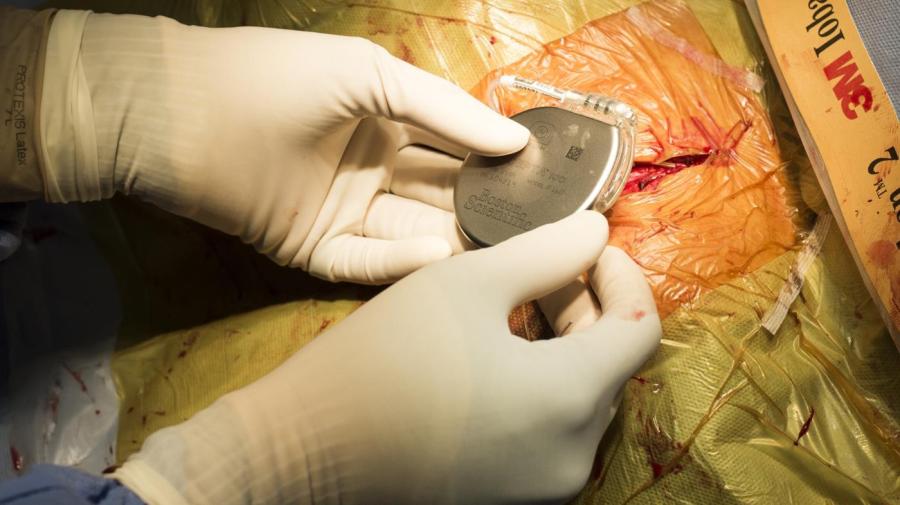What Is the Recovery Process for Pacemaker Surgery Patients?

According to the UK’s National Health Service (NHS), the recovery process for pacemaker surgery typically begins with a day or two in the hospital. There is some bruising, and swelling, discomfort or pain where the pacemaker was inserted lasts for a few days to weeks, the National Heart, Lung and Blood Institute states. Over-the-counter pain medication is usually recommended.
The NHS reports that within a week most daily activities are resumed, and many people return to work and driving. However, vigorous activity is limited for four to six weeks after the operation. In addition, reaching on the side of the pacemaker installation is restricted during that period. Although they are ordinary activities, recovery should not include hanging laundry or reaching up to get something on a high shelf.
As for wound recovery, the NHS instructs that the incision should not get wet until stitches are removed. This is usually seven to 10 days after surgery. However, soluble stitches that dissolve are sometimes used. While healing is ongoing, nothing should be worn that rubs the wound. For example, suspenders and narrow bra straps irritate the area at times.
The NHS recommends that patients monitor themselves for symptoms that indicate a malfunction or infection, such as breathlessness, dizziness, fainting, weakness, swelling of the arm nearest the pacemaker, chest pain, fever, swelling and redness around the incision, and prolonged hiccups. These must be immediately reported to the patient’s doctor. Unless a problem occurs, patients are seen by their cardiologists four to six weeks after surgery.





